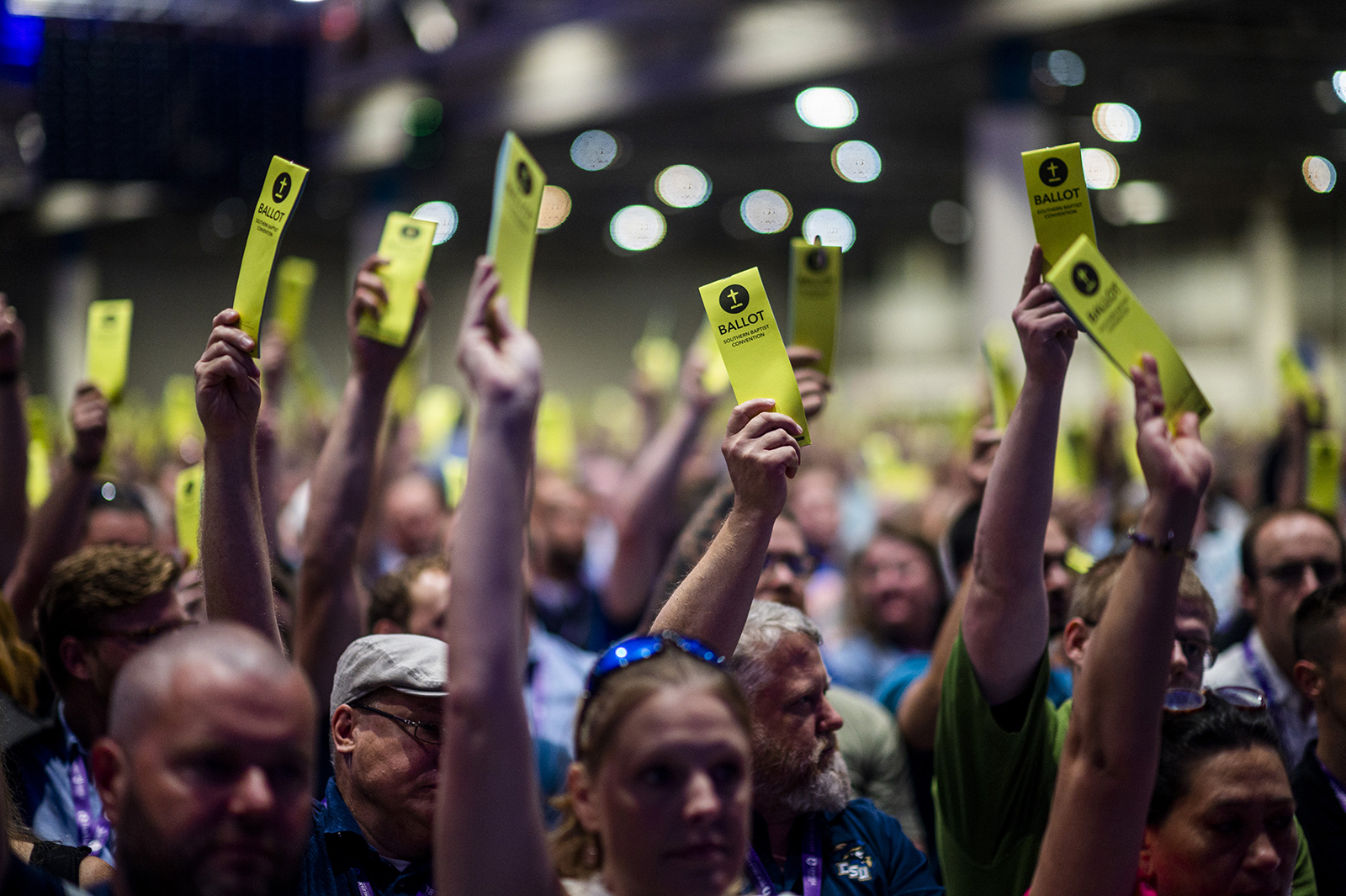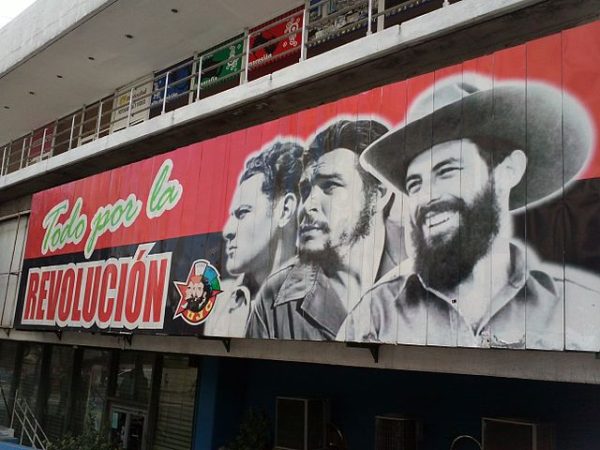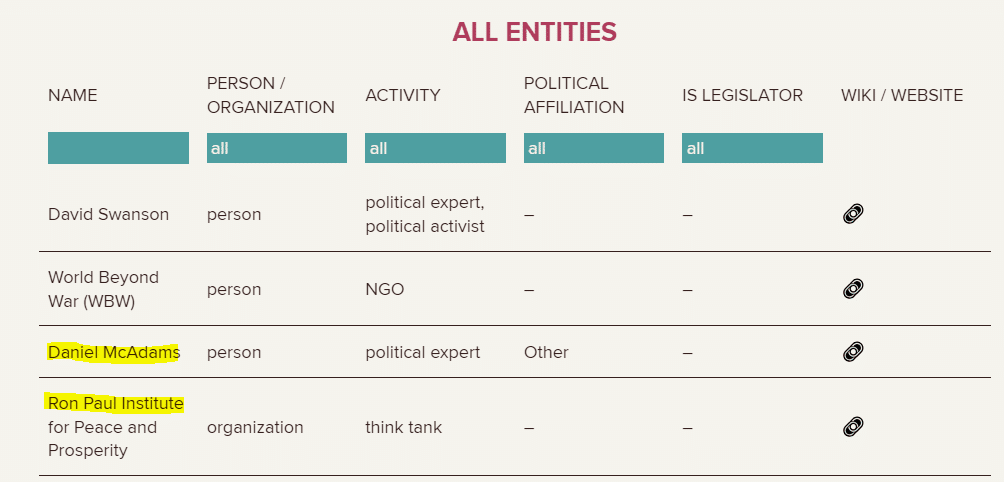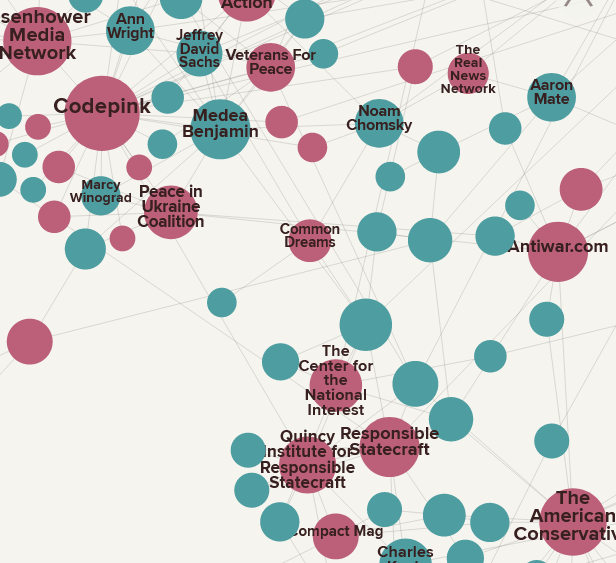VOTE DEMOCRAT FOR GUN CONTROL
If you’re truly pro-life, you should be anti-gun
June is National Gun Violence Awareness Month, a good time to consider America's relationship with guns.

(RNS) — In 2022, 48,204 Americans were killed by guns, which are now the leading cause of death among children and teens. Our gun deaths have come to define us in the eyes of the world. You might even say that guns are as American as apple pie.
Americans constitute less than 5% of the world’s population, but we own half of the world’s guns, making ours the only country where guns outnumber people and leading to firearm homicide rates here that are seven times greater than in Canada, 19 times greater than in France, 33 times greater than in Australia, and 77 times greater than in Germany.
This is American exceptionalism of the most deadly and unimaginable kind, and many people are fed up and want change. According to Pew, 61% of Americans say it is too easy to obtain guns; 69% of Republicans and 90% of Democrats want to increase the minimum age for buying guns to 21 years old; 88% of Republicans and 89% of Democrats support laws preventing those with mental illnesses from purchasing guns.
Yet our legislators do the bidding of the National Shooting Sports Foundation, the National Association for Gun Rights, Gun Owners of America, and the National Rifle Association, which spent $30 million to elect Donald Trump in 2016 and has endorsed him again for 2024.
What is most remarkable is that many of these legislators call themselves pro-life. House Speaker Mike Johnson, a Republican, “pro-life,” “pro-family” evangelical Christian, like most in his tribe, opposes even the most popular, commonsense restrictions on guns.
Johnson was elected speaker the same day a mentally unhealthy gun enthusiast killed 18 people in a bowling alley and bar in Lewiston, Maine. “At the end of the day, the problem is the human heart, it’s not the guns, it’s not weapons,” Johnson told Fox News’ Sean Hannity a day later.
Whenever I hear Christians trot out the “heart” argument to fend off gun restrictions, I want to ask: “Can you please explain? Are American hearts really 77 times darker than German hearts?”
They called Jesus the Prince of Peace, but today’s politically conservative Christians are more likely to own guns than the average American and less likely to support gun legislation. No surprise, they also claim that America’s gun violence epidemic is caused by anything but guns.
“I don’t think guns are the issue,” said Harrison Butker, kicker for Kansas City Chiefs, whose hometown Super Bowl Parade was interrupted by gunfire that killed one and injured 20. “I think we need strong fathers in the home that are being great examples for our youth,” he told Catholic channel EWTN.
One “pro-life” leader, James Dobson, blamed the 2012 killing of 26 people at Sandy Hook Elementary School on God’s judgment against America for accepting abortion and gay marriage. “We have turned our back on the Scripture and on God Almighty and I think he has allowed judgment to fall upon us,” he said.
One “pro-life” group blamed the 2023 shooting that killed six at a Christian school in Nashville on “a woman who identifies as a transgender man,” “some sort of demonic possession” and the fact that the Biden White House “has two men who wear dresses” (an apparent reference to trans people working in the administration). Tennessee legislators rebuffed Christian parents’ pleas for gun control.
“Pro-life” voters regularly vote for representatives who feature AR–15s in their Christmas card photos and who back legislation that would make the AR–15 “the National Gun of the United States.”
Thankfully, Shane Claiborne offers a better approach: “Some say gun violence is a heart problem,” he says. “Others say it’s a gun problem. I believe it’s both.”
Shane was a student of mine at Eastern University, and we’ve worked together over many years on the Red Letter Christians movement, books, tours and other initiatives. Years ago, Shane told me God was calling him to focus on gun violence. I asked him to explain.
“Too many lives that are made in the precious image of God are cut short because of guns,” he told me. “And it doesn’t have to be this way.” He pursued this calling followed with a 2019 book, “Beating Guns,” and a national tour with a Mennonite blacksmith who turned guns into garden tools or musical instruments. Shane also transforms gun advertising into artwork.
Shane now holds near-weekly events in Philadelphia and around the country to remove guns from city streets. The events provide a safe and “sacramental” space for those whose lives have been shattered by gun violence. One mother said: “I understand something I hadn’t understood before. God knows what it feels like to lose a son.”
Shane’s work sounds pretty pro-life to me. I believe that those who want to be truly pro-life need to do more than oppose abortion. They need to make principled, pro-life stances against war, the death penalty, climate change and America’s unusually easy access to guns.
It’s true, guns don’t shoot themselves. People pull triggers. That’s why we should all support laws that keep triggers away from troubled souls like the man who shot up Lewiston.
Guns have held a powerful allure for many since America’s founding, and the socialization process starts early. Children use toy guns to mimic the heroes they see on TV and in movies and video games. Boys with guns pretend to be real men, settling disputes with violence.
Most adult gun owners cite “protection” as a key concern, but the presence of a gun in the house can endanger all within, particularly one vulnerable group. Year after year, the majority of America’s gun deaths are suicides, not murders. In 2021, 26,328 Americans used guns to kill themselves.
“People who use guns to kill themselves often succeed, so they’re not given a second chance,” says Shane. “People who don’t have access to guns are more likely to survive a first suicide attempt, and to reconsider.”

Tony Campolo. (Courtesy photo)
Perhaps all of us should reconsider our country’s complicated — and deadly — relationship with guns this June as part of National Gun Violence Awareness Month.
(Tony Campolo is professor emeritus of sociology at Eastern University and the author of the forthcoming “Pilgrim: A Theological Memoir,” written with Steve Rabey. The views expressed in this commentary do not necessarily reflect those of Religion News Service.)






